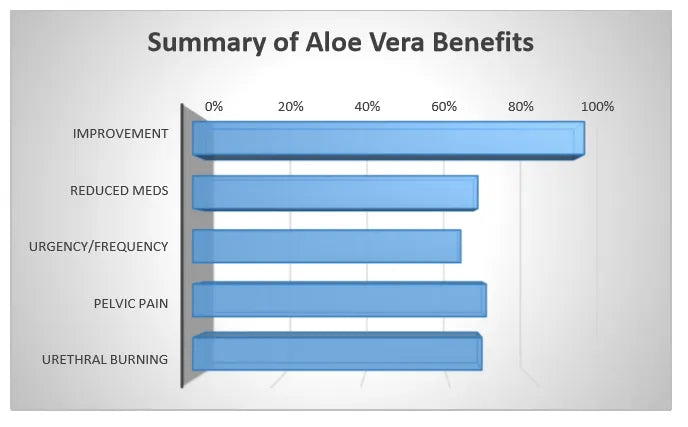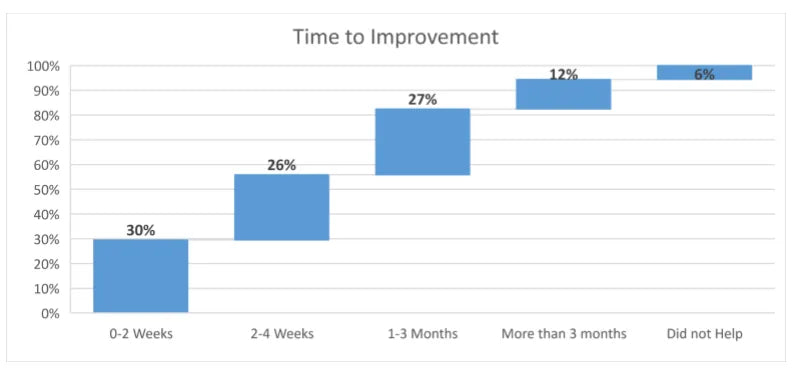Our Clinical Studies
Desert Harvest is committed to scientific research and is the first company to discover the connection between Interstitial Cystitis / Bladder Pain Syndrome (IC/BPS) and the pain-relieving benefits of Super-Strength freeze-dried aloe vera.
Desert Harvest Super-Strength Aloe Vera Capsules have been shown to effectively reduce bladder pain, urinary frequency, urinary urgency, and urethral burning that are a part of many bladder disorders, but especially Interstitial Cystitis (IC) / Bladder Pain Syndrome (BPS); sometimes referred to as non-bacterial prostatitis in men and chronic pelvic pain in women.
Click here to read the ICA Update Spring 2021 on our new Study being done with Wake Forest University and Desert Harvest’s Super Strength Aloe Vera and how it affects Interstitial Cystitis (IC).
According to a 1995 Phase I double-blind, placebo-controlled study with The Urology Wellness Center in Rockville, Maryland, Desert Harvest Super-Strength Aloe Vera capsules showed the following results:
- 87.5% of patients who completed the study received relief from at least some of their symptoms
- 50% of patients received significant relief from all or most of their symptoms and were able to return to a more normal lifestyle.
- Only one patient did not respond within the first 30 days
Based on a 2016 survey with the Interstitial Cystitis Association, 660 Desert Harvest Super-Strength Aloe Vera customers responded:
- 92% of patients self-reported that they ‘experienced relief’ with concentrated oral aloe vera.
- 63% of patients reported substantial improvement in urgency and frequency of urination
- 69% of patients reported substantial improvement in pelvic pain
- 68% of patients reported substantial improvement in urethral burning
Healing Crisis

The survey also examined the amount of time it took for patients with IC to see the benefit of oral aloe vera treatment.
- 30% of patients saw benefit within the first two weeks
- 56% of patients saw their improvement within the first month of treatment
- Approximately 25% of patients saw improvement between 1 and 3 months
- Only 18% did not respond within the first three months of those, 12% eventually saw benefit from continuing the course of treatment.


